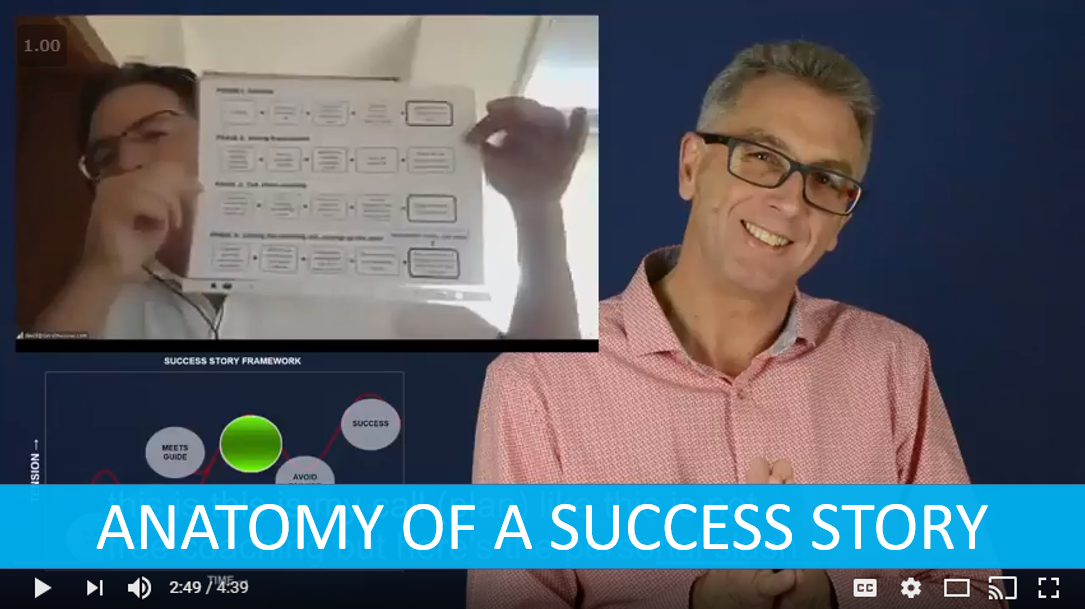
Pushback (n): a negative or unfavourable reaction or response.
Mismatch (n): a failure to correspond or match
____________________
In 2009, while working for a major international supplier of telecommunications equipment, I arranged to meet the CTO of one of Malaysia’s largest mobile network providers. I was accompanied in the meeting by one of our technical sales specialists.
As the meeting warmed up, I asked the CTO how many mobile base stations his company had deployed.
He responded,
“5000”,
Before I could ask my next question, my technical specialist, jumped in with,
“No, you only have 4911!”
Gently kicking the technical guy under the table, I steered the conversation back to my next question.
What just happened?
This was an example of push back, or mismatch. It occurs, often as an automatic response, when a fact or assertion is delivered. In this case, the CTO delivered a ‘fact’ and my technical sales guy pushed back with his own 'adjusted fact'.
While not always verbalised, push back is happening in the minds of all of us when we are presented with ‘facts'. I won't delve into the psychology but it is one of our natural truth and identity processing reflexes.
This automatic push back is often perceived by sales people as rejection of them and their message, when really it's just an automatic response. The trick is to try and avoid making assertions.
In his sales classic, “The Secrets of Question-Based Selling(2000)”, author Tom Freese also describes the
“instinctive tendency of individuals to resist, push back or respond in a contrarian manner”
when sales people make assertions. Freese calls this push back ‘Mismatch”.
Freese goes on to explain that you cannot push back against a question and proceeds to describe a questioning strategy with ‘type’ questions to facilitate the buyer’s journey.
Indeed, it is difficult to push back against a question but it’s also difficult to deliver your company’s insights and positions with questions. Questions are great for demonstrating credibility and exploring and understanding a potential customer’s situation but they are not so great for delivering content. Something else is needed, stories.
Stories are flanking manoeuvres for assertions. With your insights and assertions wrapped in a story you can place the information in the back of your customers mind and avoid automatic push back.
Questions and stories; the persuaders feint and roundhouse kick.
_____________________________________________________
Company:
Nokia
Source: Mike Adams personal experience
Story Type: Teaching
_____________________________________________________
For Story Students:
The Setting: 2009 in Malaysia
The Complications: A disrupted conversation
The Turning Point: Re focussed conversation and realisation of what has occured,
The Resolution: Meeting returned to questioning
The Point of the Story: Questions and stories are the two dialectic tools for avoiding push back and rejection.







